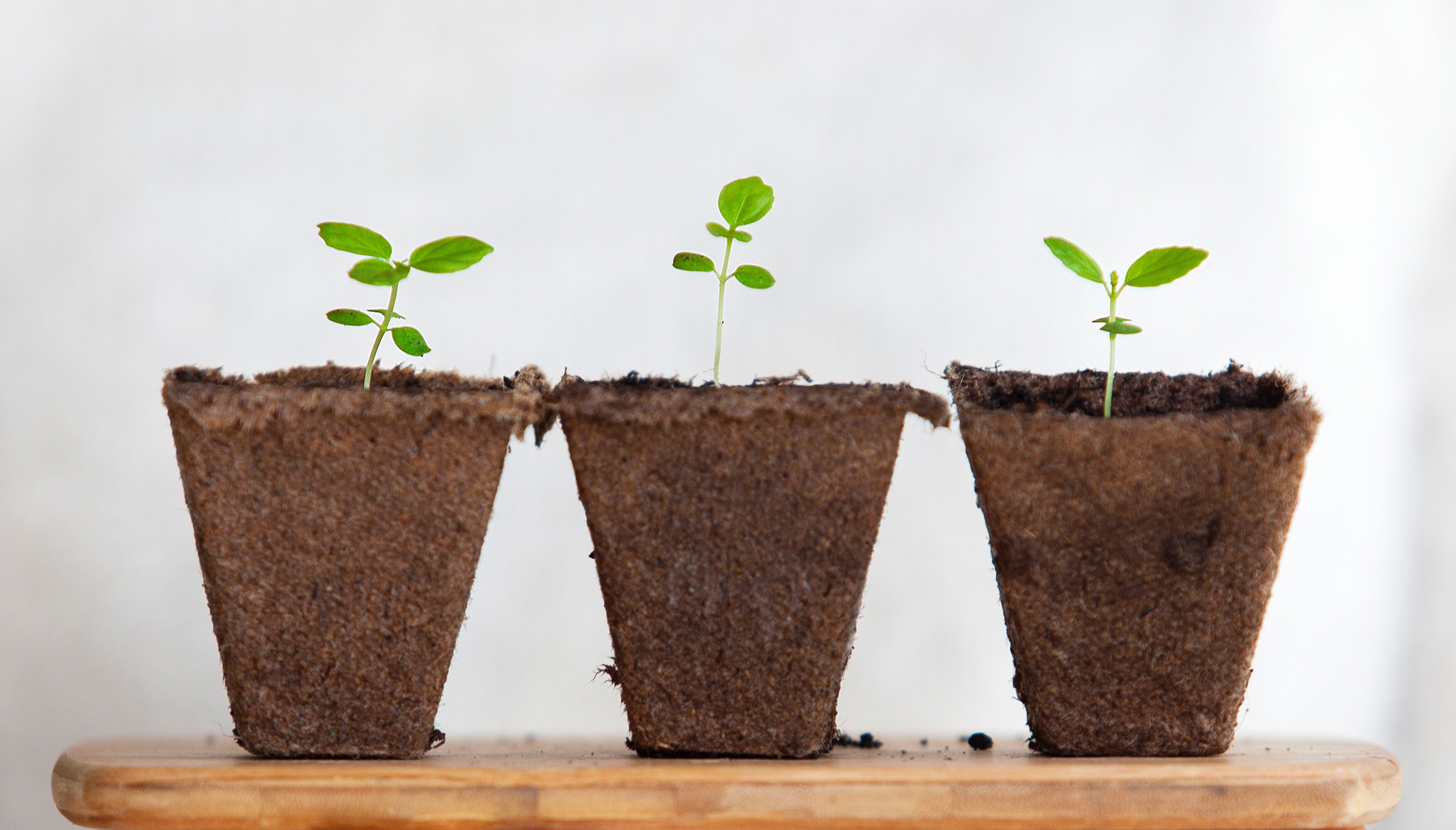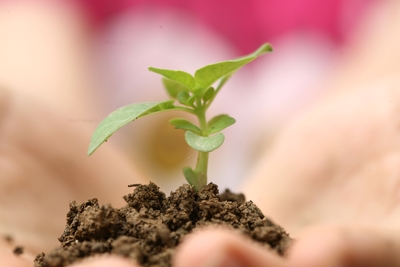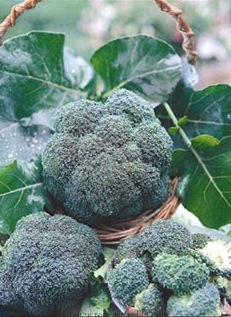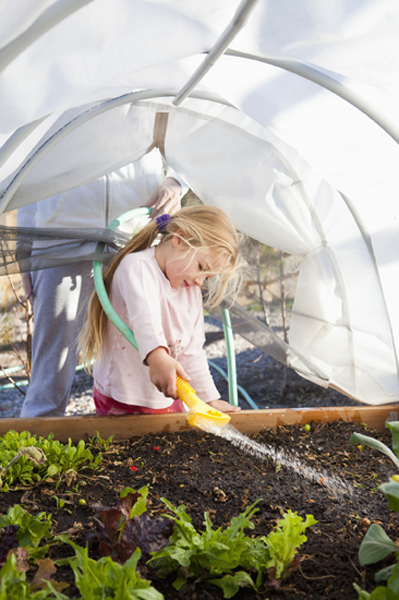 You’ve already selected the area for your garden, started your seedlings, tended your soil, and mapped out your garden bed. All that’s left to do now is get planting. So, when is the right time to transplant your beautiful starts? Ideally, the spring growing season starts when the day length gets over 10 hours (which seems to be a minimum for plant growth) and the daytime temperature regularly reaches into the 50s or 60s. But it’s a bit more complicated that simply checking the air temperature and daylight hours.
You’ve already selected the area for your garden, started your seedlings, tended your soil, and mapped out your garden bed. All that’s left to do now is get planting. So, when is the right time to transplant your beautiful starts? Ideally, the spring growing season starts when the day length gets over 10 hours (which seems to be a minimum for plant growth) and the daytime temperature regularly reaches into the 50s or 60s. But it’s a bit more complicated that simply checking the air temperature and daylight hours.
Soil warmth
 At this point the only remaining obstacle to significant plant growth is cold soil, as this warms up much more slowly than air. Fortunately you can warm the soil quite easily by covering it with polyethylene sheet for 2 to 3 weeks. Black colored sheet can raise the temperature by 10˚ F, while clear sheet can raise it by as much as 15˚ F. If you plan on using a tunnel cloche to protect your plants, you can simply put this on 3 weeks early and it will warm up the soil for you. These methods will also help the soil to dry out, which is good for soil preparation and planting. It should go without saying that if you had mulch on the bed over the winter, this should be removed several weeks before planting, as it insulates the soil and prevents it from warming up.
At this point the only remaining obstacle to significant plant growth is cold soil, as this warms up much more slowly than air. Fortunately you can warm the soil quite easily by covering it with polyethylene sheet for 2 to 3 weeks. Black colored sheet can raise the temperature by 10˚ F, while clear sheet can raise it by as much as 15˚ F. If you plan on using a tunnel cloche to protect your plants, you can simply put this on 3 weeks early and it will warm up the soil for you. These methods will also help the soil to dry out, which is good for soil preparation and planting. It should go without saying that if you had mulch on the bed over the winter, this should be removed several weeks before planting, as it insulates the soil and prevents it from warming up.
Temperature is temperamental
Spring weather varies enormously from year to year and is only predictable in its unpredictability. At Smartgardener we use the average date of last frost to time our planting, because it gives us a practical way to estimate planting times for the whole country. This works well, but it is important to understand that the average date of last frost is just that, an average and that in any given year a frost may come several weeks earlier or several weeks later.

The first spring crops (kale, broccoli, snow peas) are perfectly hardy and aren’t bothered by low temperatures, they will just grow very slowly until warmer weather arrives. The warm weather crops (tomato, pepper, squash) are more vulnerable however, as they stop growing completely and can become susceptible to rot and pests (in some cases they may even be permanently damaged).
It seems like every year I plant my warm weather transplants in sunny weather and within a few days its turns cold and wet. The most urgent need is to protect them from any frost, which could kill them before they even get going. The plants are pretty small at this point and so are easy to cover with frost blankets or a few inches of loose mulch (and maybe a bucket for extra insurance).
Building for warmth
 Of course it isn’t enough to just keep the plants alive, you also want to keep them growing vigorously and you can do this by using tunnel cloches (these consist of a simple series of hoops covered in clear polyethylene sheet). The temperature inside one of these may be 20 degrees warmer than outside and it can really speed up plant growth. Being able to protect and pamper your plants in this way allows you to plant earlier and have faster growth. Do it well and you can be eating tomatoes in early June, rather than early August (you might even get into a friendly competition with yourself to get ripe tomatoes earlier every year). Tunnel cloches heat up so well on sunny days, they need to be well ventilated to prevent them overheating and cooking the plants inside.
Of course it isn’t enough to just keep the plants alive, you also want to keep them growing vigorously and you can do this by using tunnel cloches (these consist of a simple series of hoops covered in clear polyethylene sheet). The temperature inside one of these may be 20 degrees warmer than outside and it can really speed up plant growth. Being able to protect and pamper your plants in this way allows you to plant earlier and have faster growth. Do it well and you can be eating tomatoes in early June, rather than early August (you might even get into a friendly competition with yourself to get ripe tomatoes earlier every year). Tunnel cloches heat up so well on sunny days, they need to be well ventilated to prevent them overheating and cooking the plants inside.
A dual use tunnel cloche for tomatoes can be made from a piece of hog wire, bent into an arch and covered with polyethylene sheet. When the weather warms up you remove the plastic, but leave the hog wire in place to act as a support for the plants.


